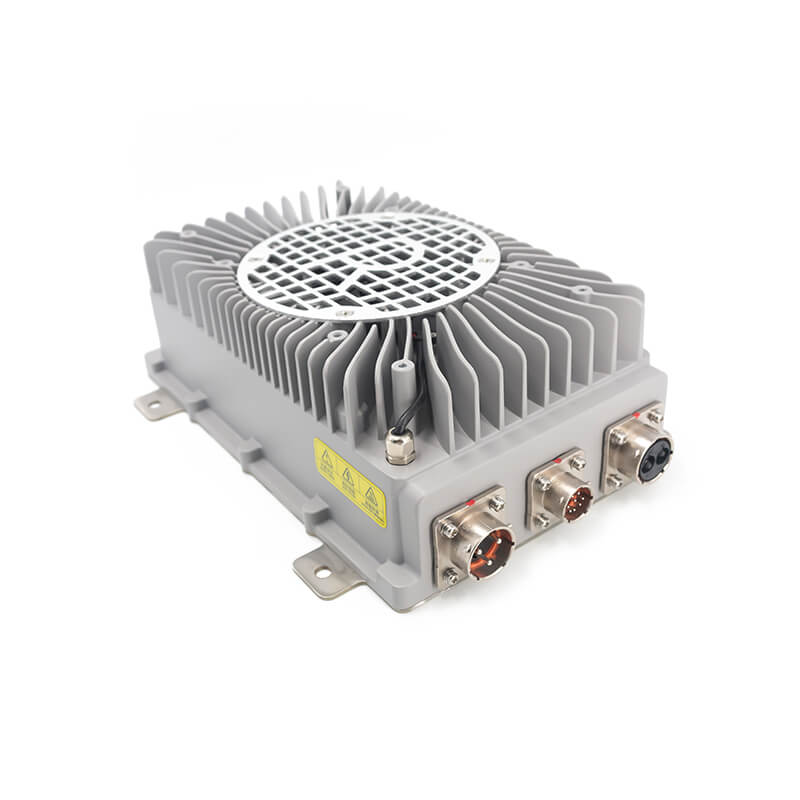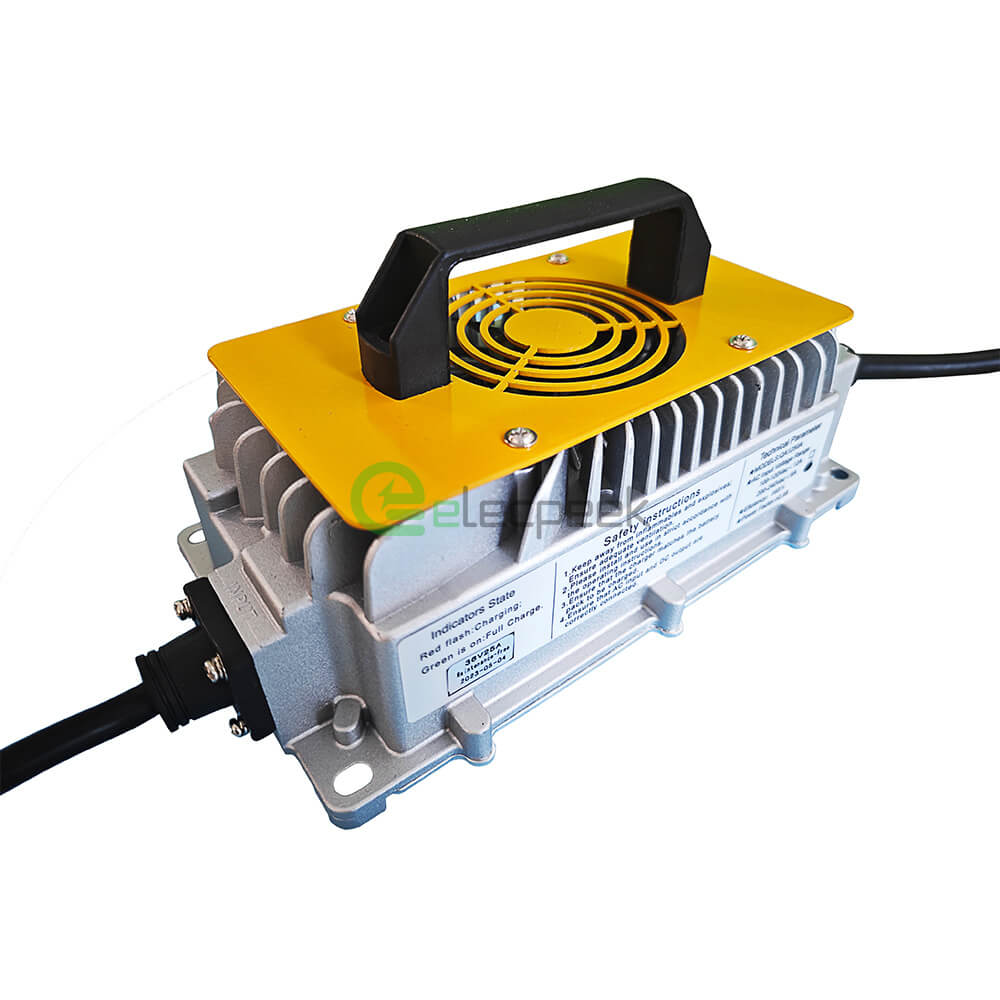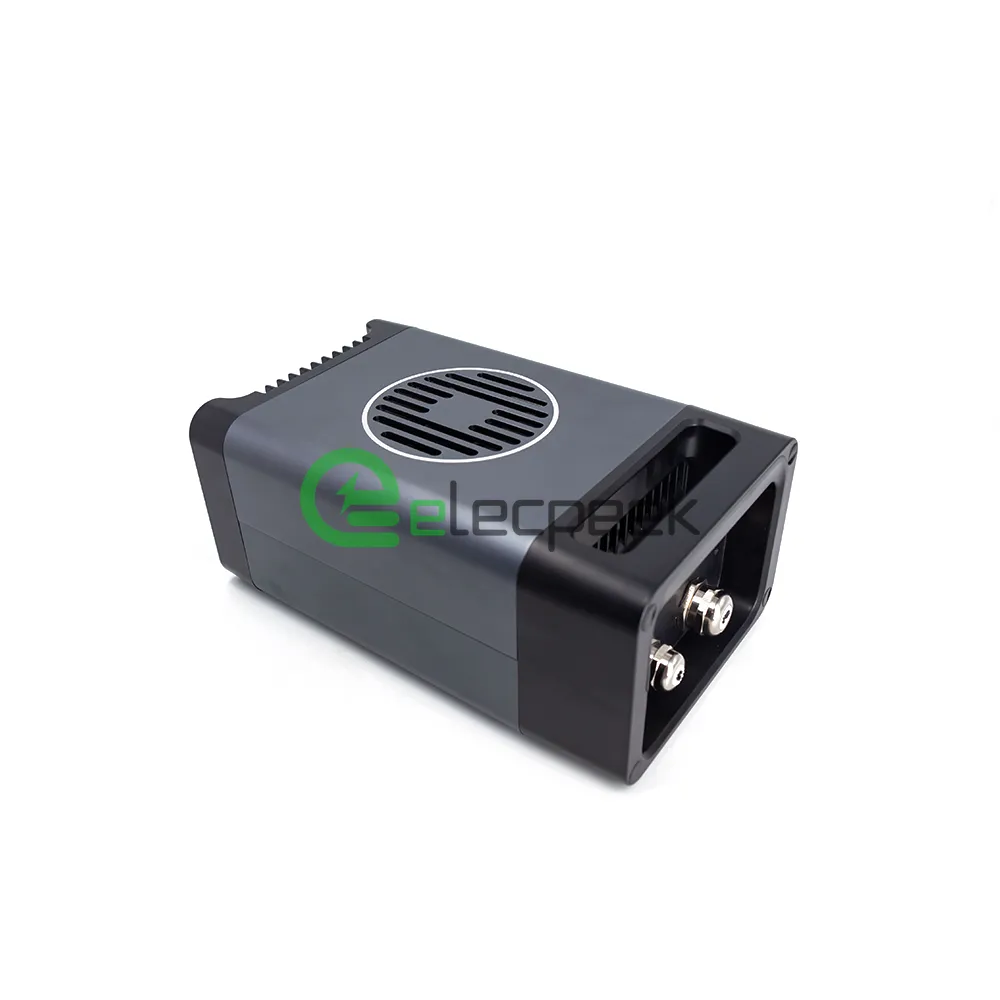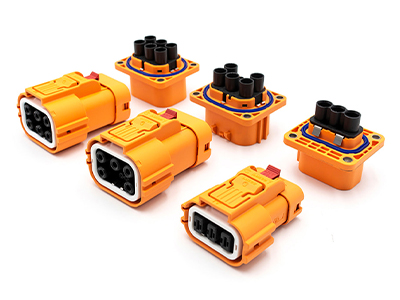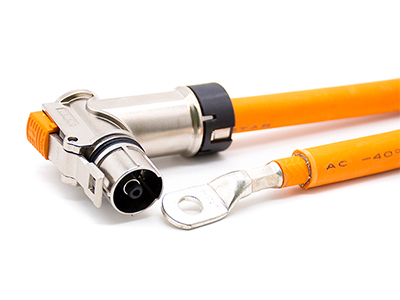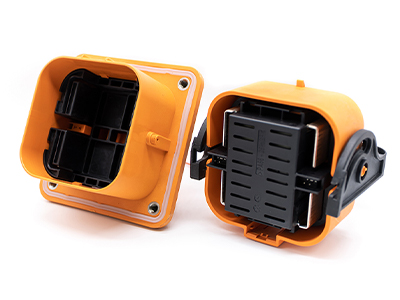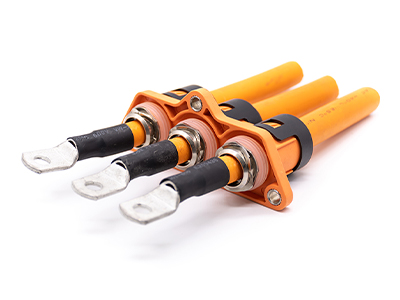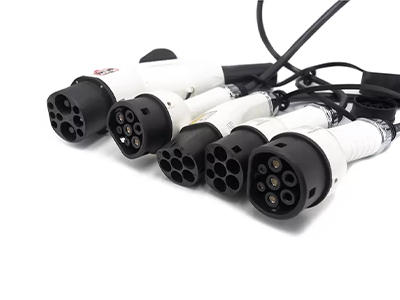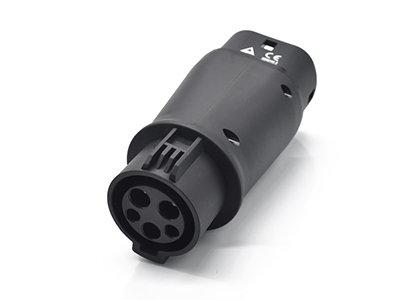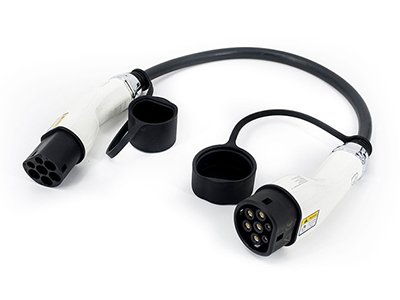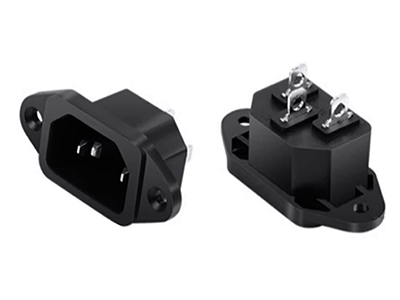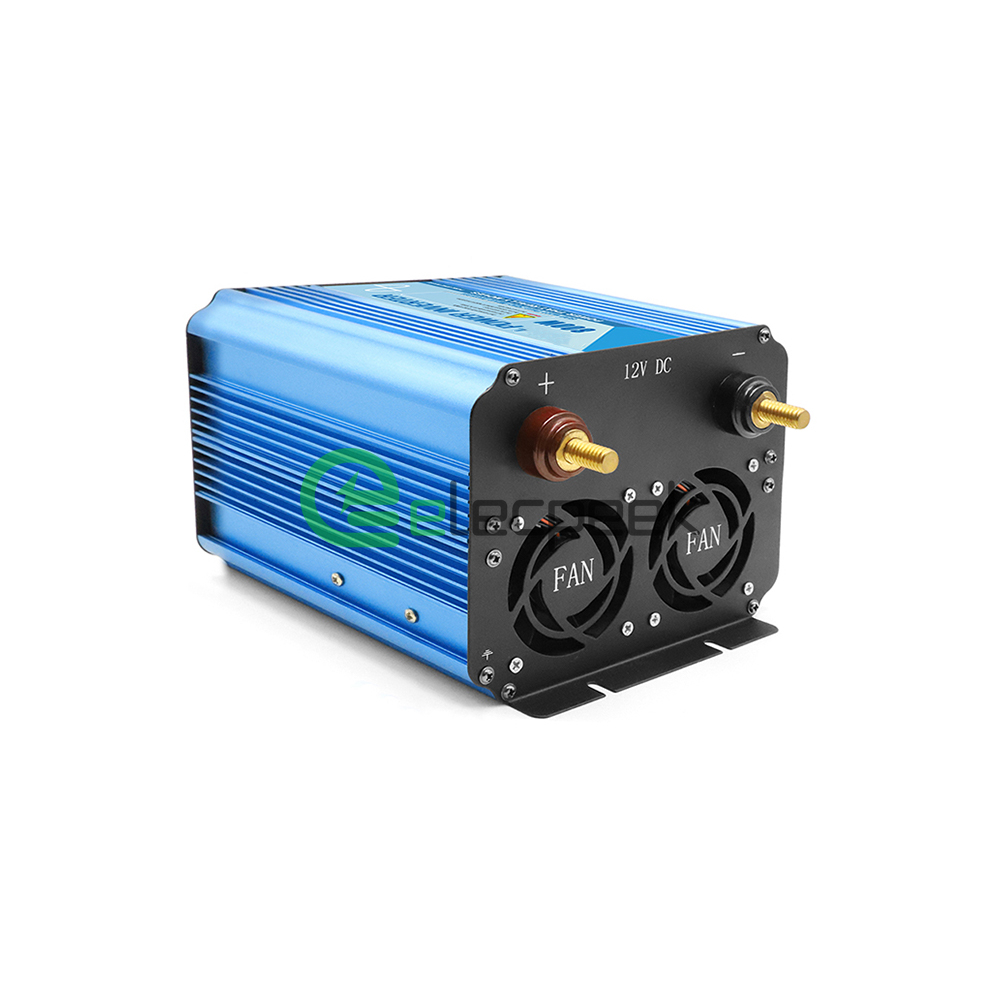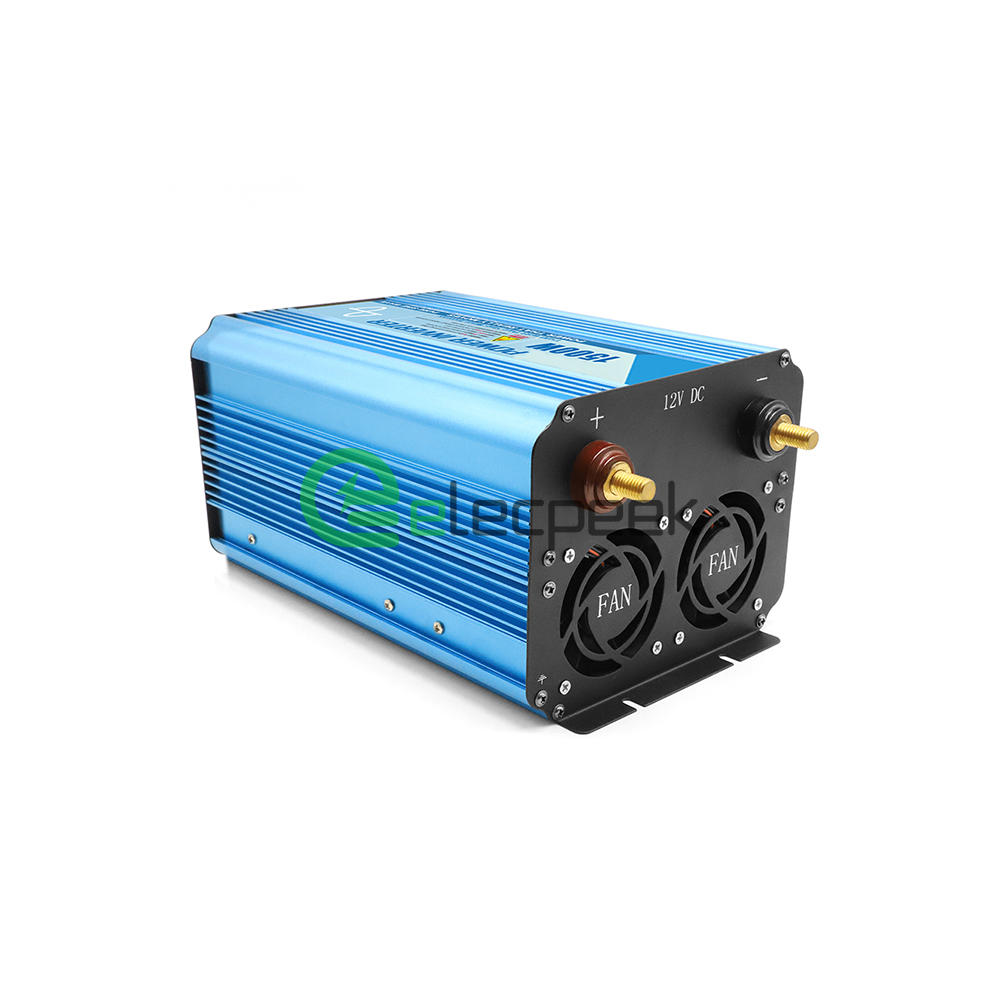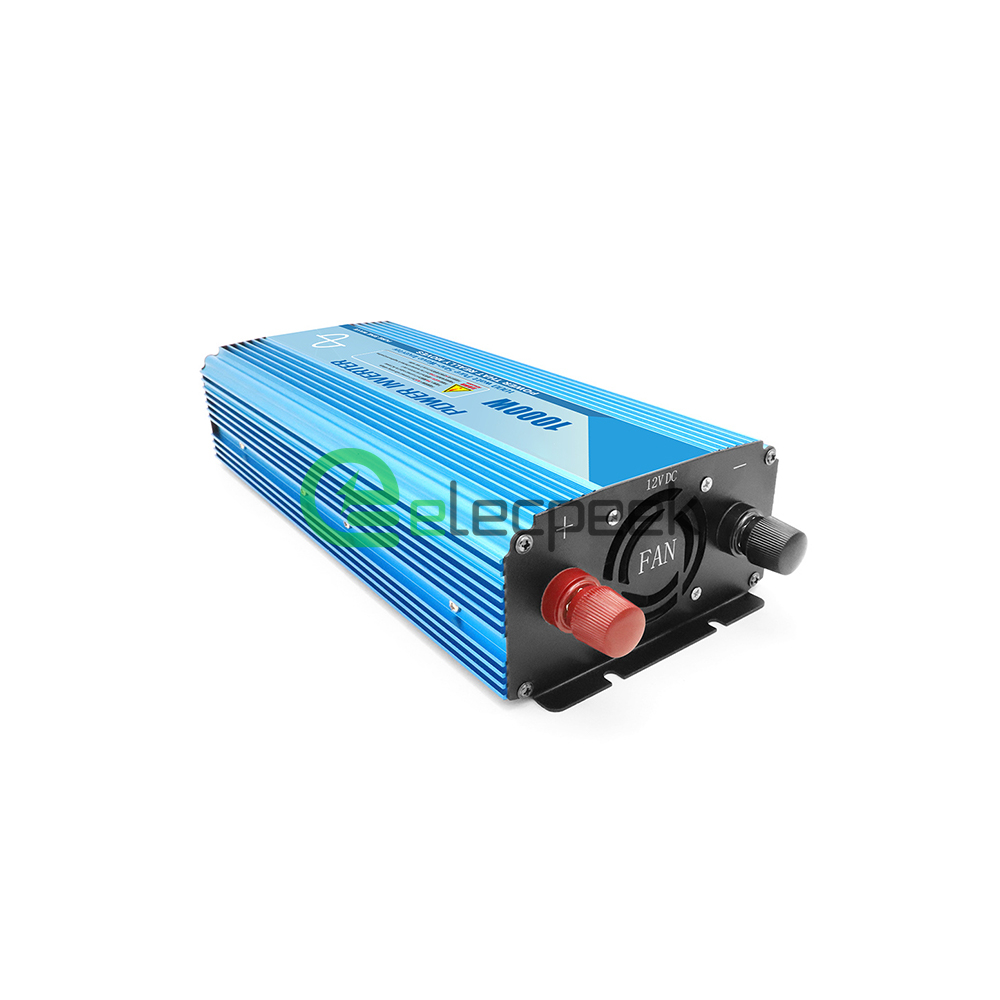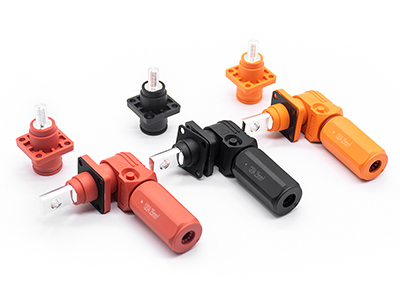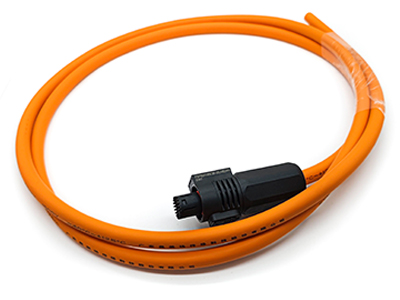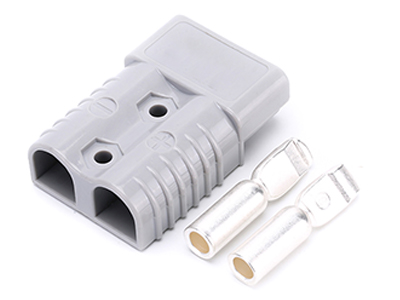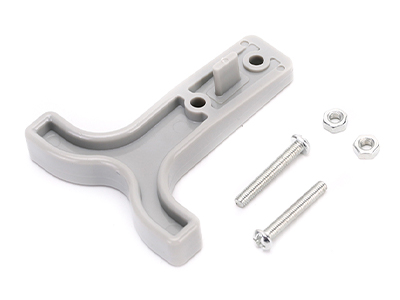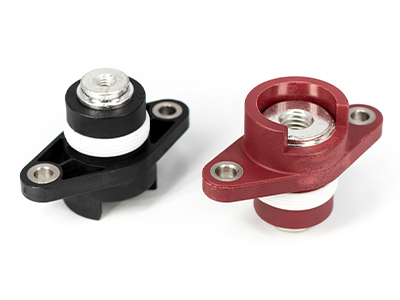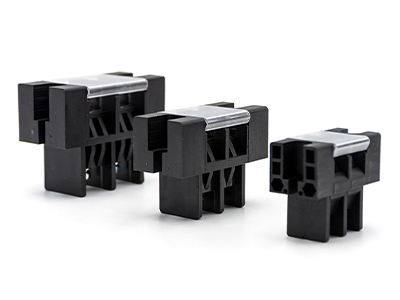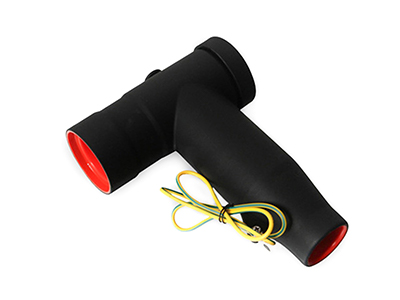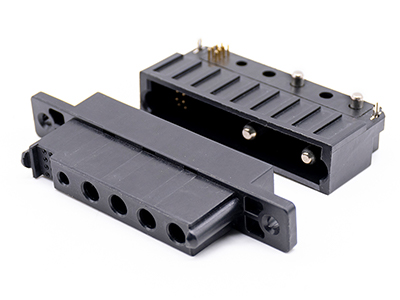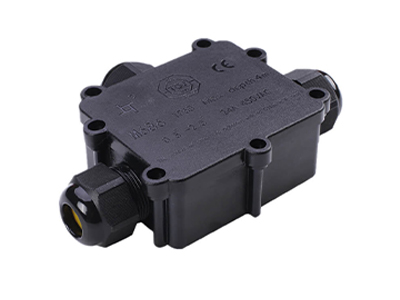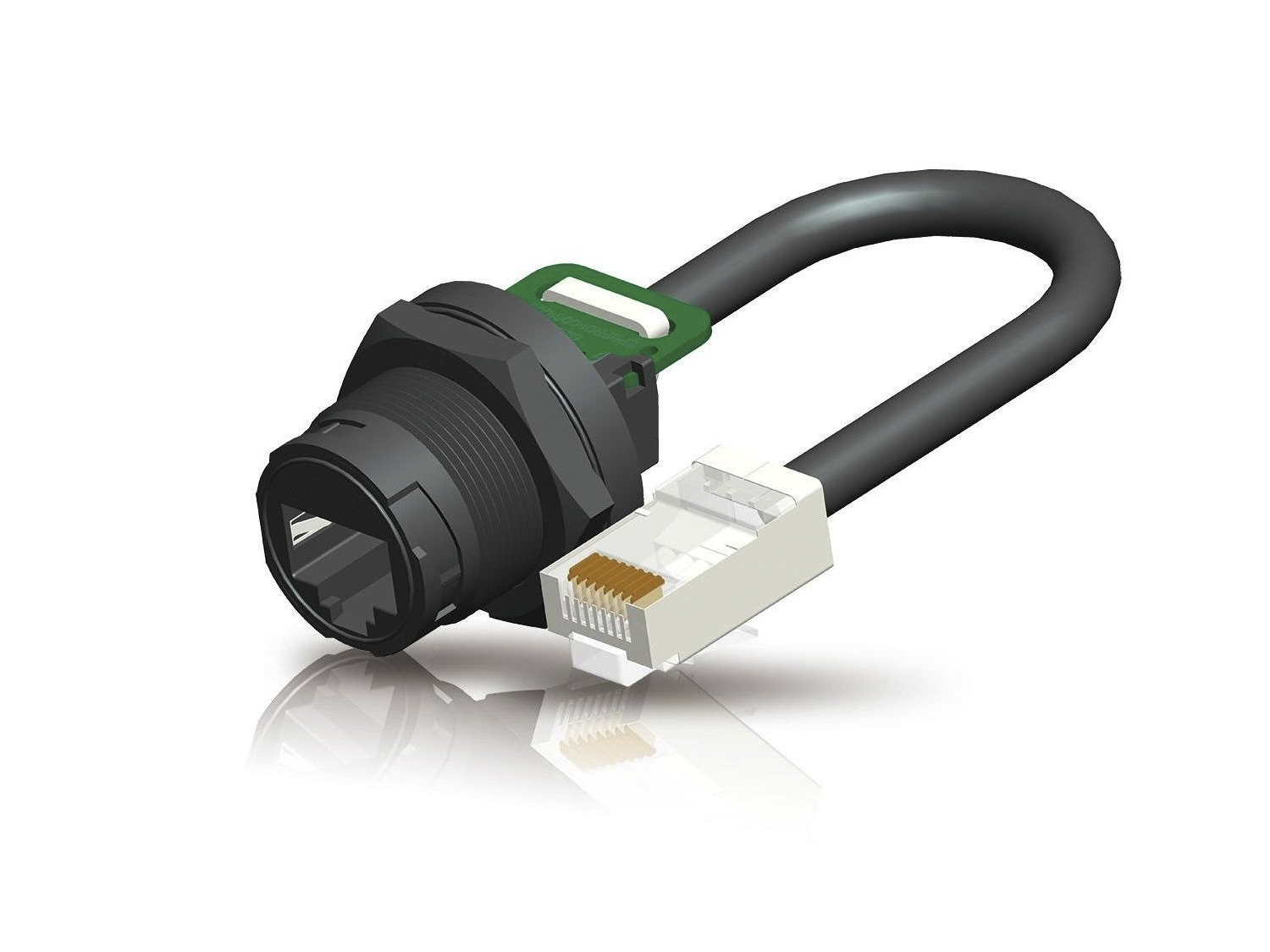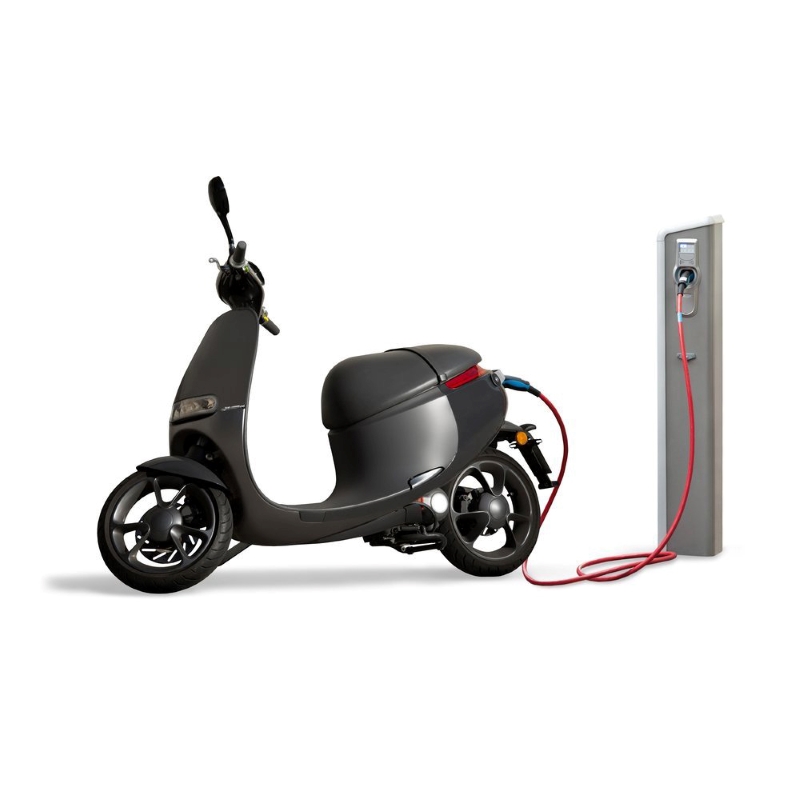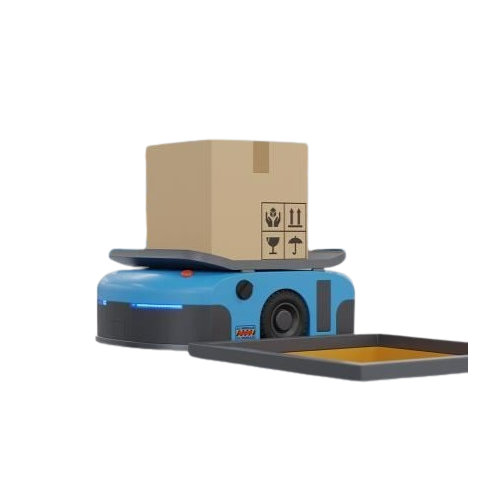News
What are the different types of high-voltage cable connectors?
High-voltage cable connectors are an essential component in many applications that require the safe and reliable transfer of power. These connectors are used to join high-voltage cables to power sources or electrical equipment. There are different types of high-voltage cable connectors available, each with its unique features and specifications.
In this article, we’ll explore the different types of high-voltage cable connectors, their applications, and the factors to consider when selecting the right connector for your needs.
High-voltage AC connectors
High-voltage AC connectors are used for the safe and reliable transfer of high-voltage alternating current (AC) power. These connectors are used in various applications, including power distribution, electric vehicles, and renewable energy systems.
One of the most common types of high-voltage AC connectors is the IEC 60364-4-41 standard, which is widely used in Europe. It features a three-phase four-wire system, which can handle high-voltage AC power up to 1,000 volts.
High-voltage DC connectors
High-voltage DC connectors are designed to handle the transfer of high-voltage direct current (DC) power. These connectors are commonly used in renewable energy systems, electric vehicles, and energy storage systems.
One of the most popular high-voltage DC connectors is the CHAdeMO connector, which is commonly used in electric vehicles. It features a rapid charging system that can charge a battery to 80% in just 30 minutes.
Another high-voltage DC connector is the CCS connector, which is used in fast-charging stations. The CCS connector can handle up to 350 kW of power, making it one of the fastest charging systems available.
Medium voltage connectors
Medium voltage connectors are used in electrical systems that require power transmission at medium voltages, typically between 5 kV and 35 kV. These connectors are commonly used in industrial and utility applications, including power distribution, transformers, and motors.
One of the most popular medium voltage connectors is the elbow connector, which is used to connect underground power cables. Elbow connectors are designed to be easy to install and provide reliable performance in harsh environments.
Low voltage connectors
Low-voltage connectors are designed to handle the transfer of low-voltage power, typically up to 1,000 volts. These connectors are used in various applications, including home appliances, power tools, and lighting systems.
One of the most common types of low-voltage connectors is the RCA connector, which is widely used in audio and video systems. The RCA connector is easy to install and provides reliable performance for a range of applications.
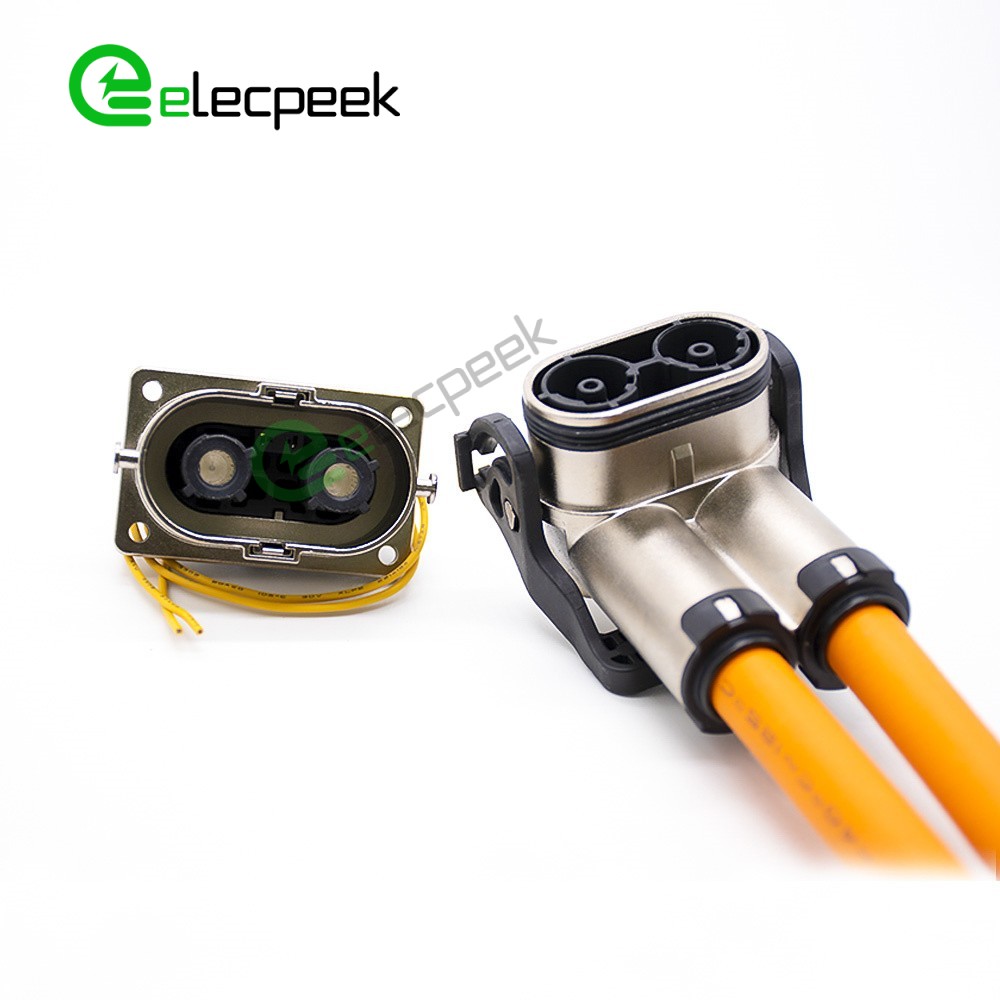
Factors to consider when selecting high-voltage cable connectors
When selecting high-voltage cable connectors, it is essential to consider the specific requirements of your application. Here are some factors to consider:
- Voltage rating: Ensure that the connector can handle the voltage rating of your application.
- Current rating: Consider the maximum current that the connector can handle. This will ensure that the connector can safely transfer power without overheating or becoming damaged. Can Actual Voltage Be Higher Than Rated Voltage For Connector?
- Environment: Consider the environment where the connector will be used, such as temperature, humidity, and vibration. Ensure that the connector is designed to perform reliably in harsh environments.
- Safety: Consider any safety features that may be required for your application, such as built-in grounding or insulating materials.
- Cost: Consider the cost of the connector, including the installation and maintenance costs.
In conclusion, high-voltage cable connectors are an essential component in many applications that require the safe and reliable transfer of power. Understanding the different types of high-voltage cable connectors and the factors to consider when selecting the right connector for your needs will ensure that your system operates safely and reliably.

